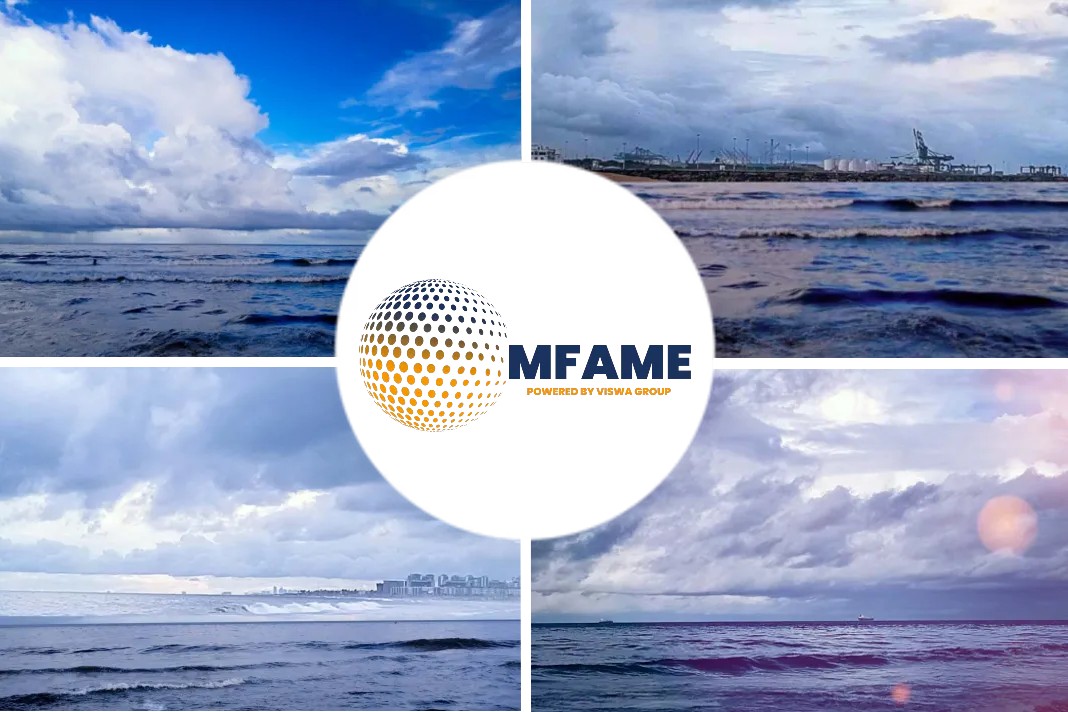
President Eisenhower envisioned a symbol of peace amidst military advancements, dreaming of a ship that would embody this vision, as published on Wired.
Nuclear ship
President Eisenhower’s vision for a nuclear-powered ship representing peace faced resistance from his aides, who believed it should be commercially viable. Eventually, the nuclear ship Savannah was authorized in 1962, capable of carrying cargo, passengers, and goodwill. With stringent safety measures, including a heavily shielded reactor, the ship featured luxurious amenities such as a marble-topped table and a CCTV system for passengers to observe the reactor. Today, the concept of zero-emissions cargo ships holds significance amid the climate crisis, with shipping being a challenging industry to decarbonize. Nuclear energy offers emission-free potential at the point of use.
Radioactive waste
The NS Savannah, an ambitious nuclear-powered ship, faced numerous challenges and ultimately proved to be a failure. It discharged a significant amount of radioactive waste into the ocean and suffered from inadequate infrastructure and high operational costs. Similar attempts by other countries, such as West Germany and Japan, also encountered difficulties, including safety concerns and public outcry. Presently, the only active nuclear-powered merchant ship is the NS Sevmorput, built in Russia, but it is small compared to conventional container ships and has experienced frequent breakdowns.
Did you subscribe to our newsletter?
It’s free! Click here to subscribe!
Source: Wired















